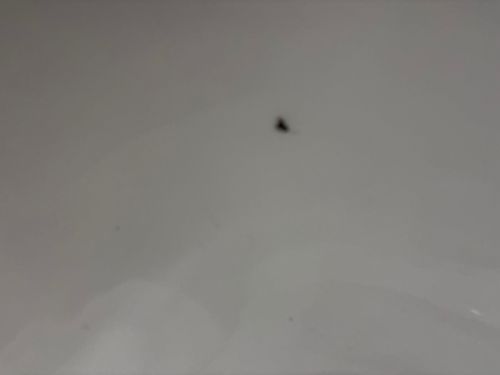Fruit Fly
Scientific Name: Drosophila melanogaster (most common household species, though other Drosophila species exist)
Order & Family: Order: Diptera, Family: Drosophilidae
Size: 2-4 mm (adults)

Natural Habitat
Fruit flies are commonly found in homes, grocery stores, restaurants, and anywhere ripening or fermenting produce is present. They thrive in moist environments with access to organic decaying matter.
Diet & Feeding
Adult fruit flies feed on decaying fruits, vegetables, and other organic matter, as well as the yeast and bacteria growing on them. Larvae feed on the microorganisms and sugars within the decaying produce.
Behavior Patterns
Fruit flies are attracted to ripe and fermenting fruits and vegetables. They have a short life cycle (about 1-2 weeks), developing rapidly from egg to adult. They are prolific breeders, with females laying hundreds of eggs. Adults are often seen flying in small, erratic patterns around food sources.
Risks & Benefits
Potential risks include being a nuisance pest in homes and commercial settings, and potentially contaminating food with bacteria and other microorganisms as they move between decaying matter and fresh produce. They are generally not harmful to humans directly. From a scientific perspective, *Drosophila melanogaster* (a common fruit fly species) is a widely used and invaluable model organism in genetic and biological research, providing significant benefits to scientific understanding.
Identified on: 8/30/2025